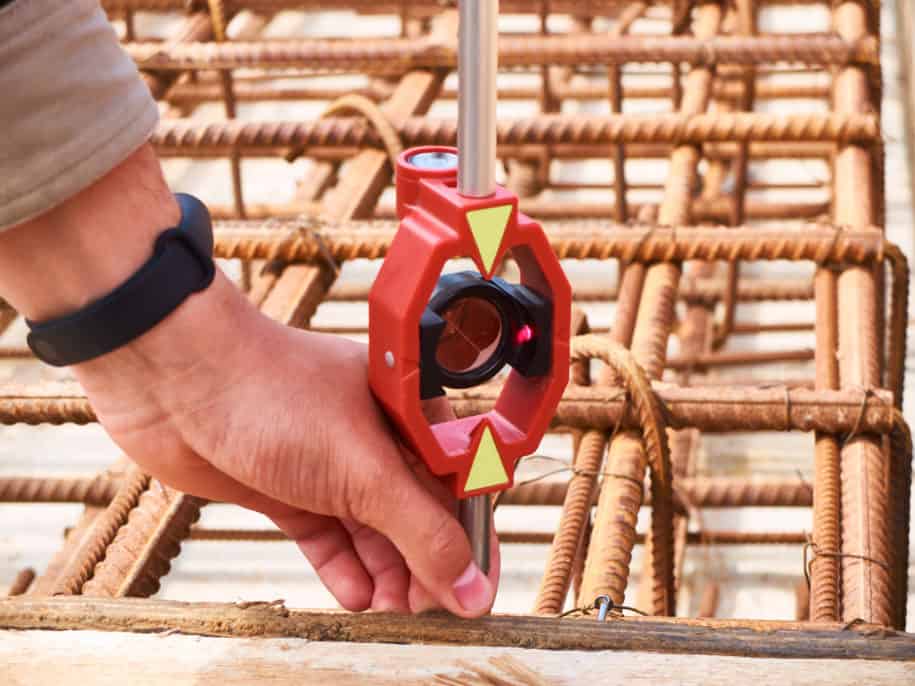In the previous blog article, Measuring Safety Performance, we discussed Dan Peterson’s take on performance indicators within an organization. Specifically, the assignment of differing indicators based on the role within the company, ensuring both relevancy and fairness. Mr. Peterson stated that it requires the stakeholders within an organization to honestly determine where they are, establish the expectations of where they want to be, and then define the necessary steps on how to get there (Peterson, 2005). This article will take aim at answering the question ‘What to measure?’.
Many terms are bandied about when it comes to what to measure. Leading, lagging, upstream, downstream, trailing, and many other potentially confusing terms. Regardless of what the indicator is called, the purpose is to describe how we measure what we are doing to make the environment safer and whether it is successful or not.
When looking at measurements, there are two readily available categories – activity measures or inputs and results measures or outcomes. When determining which to use, the best rule of thumb is this – the closer to the ‘tip of the spear’ or place where work occurs, the more measurements should gravitate to activity measures. For example, traditional safety measures, such as incident rates, should not be used at the supervisory or crew levels except when looking at long periods of time and only as a quality check to ensure the activities are having the desired effect.
Activity measures should also include both managerial measures and non-managerial measures. For example, measuring an objective like the percentage of training completed on time or percentage of observations completed per week would be a managerial measure. This indicator measures the safety-related activity of the managers in the best position to act on these matters. Non-management activity indicators could be trending data from activities such as measures of good housekeeping or PPE use. These indicators have the effect of engaging all levels of people in the task of improving safety and focus on the presence of safety controls and not the absence of injuries.
As performance indicators move up the managerial ladder, a blend of both activity measures and outcomes can and should be used. However, the activities are different than that of a front-line supervisor. Instead of conducting a similar inspection as the supervisor, a manager can monitor the quality of the activities of the supervisor and provide coaching and feedback to ensure the activity and the process is contributing to a safer workplace and not just checking a box to meet an arbitrary metric. The key points at these levels include visibility into supporting the safety process and feedback indicating a keen interest in the activities and outcomes of others.
The most important aspect of this entire process is defining why. Is the purpose of the measurement to meet an arbitrary number or does it strike at the heart of providing rich, contextual inputs in a robust feedback loop aimed at driving continuous improvement? Often it is not so much what we measure or how we measure but what we do with what we find. Acting on hazards reported in a timely manner, engaging in conversations, providing feedback on the quality of activities, or engaging a learning team to address an issue and make things better, and further organization learning are all great examples of desirable outcomes from the measurement process.
Bibliography
Petersen, D. (2005). Measurement of safety performance. Des Plaines, IL: American Society of Safety Engineers.
Book Your Consultation Now!
AUTHOR BIO

Cary comes to the SafetyStratus team as the Vice President of Operations with almost 30 years of experience in several different industries. He began his career in the United States Navy’s nuclear power program. From there he transitioned into the public sector as an Environmental, Health & Safety Manager in the utility industry. After almost thirteen years, he transitioned into the construction sector as a Safety Director at a large, international construction company. Most recently he held the position of Manager of Professional Services at a safety software company, overseeing the customer success, implementation, and process consulting aspects of the services team.
At SafetyStratus, he is focused on helping achieve the company’s vision of “Saving lives and the environment by successfully integrating knowledgeable people, sustainable processes, and unparalleled technology”.



